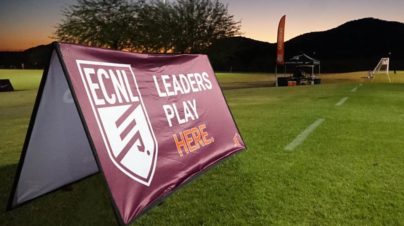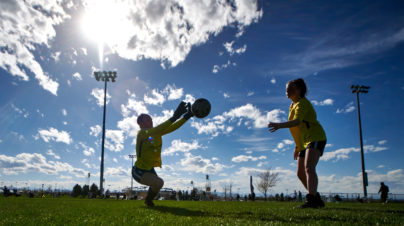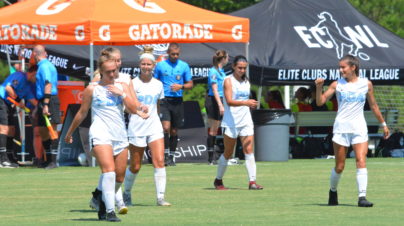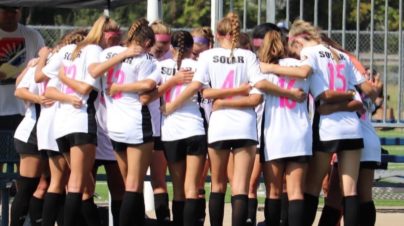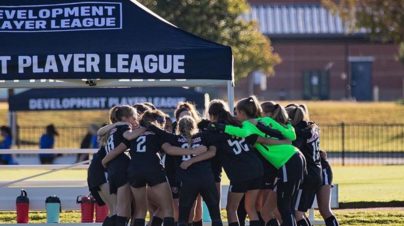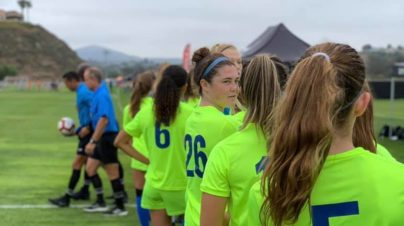SoccerWire Q&A: ECNL President Christian Lavers discusses new Super Cup platform
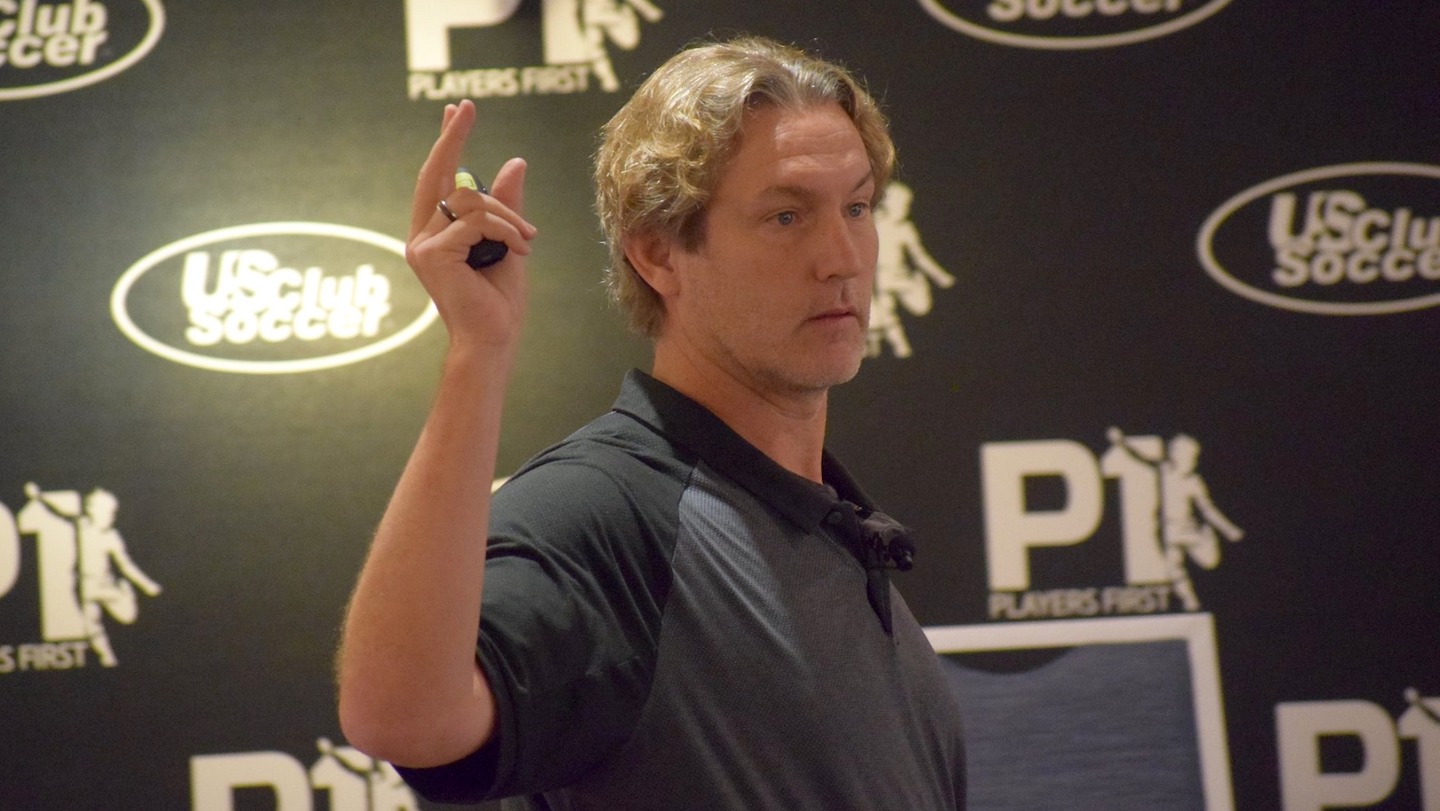
By Adam Schwager
SoccerWire Staff Writer
Last week, the Elite Clubs National League (ECNL) announced the creation of their new ECNL Super Cup, which will allow member clubs to create a “First Team” consisting of top players from their U15-U18/19 roster pools.
The Super Cup platform will supplement the training and competition provided by the players’ age-specific teams, adding a new opportunity for exposure for the nation’s top teenage prospects.
On Monday, SoccerWire caught up with ECNL President Christian Lavers to discuss more about the specifics of the new competition, how the Super Cup fits in the American developmental landscape, and how he foresees the future for ECNL clubs in 2021 and beyond.
See below for the full Q&A:
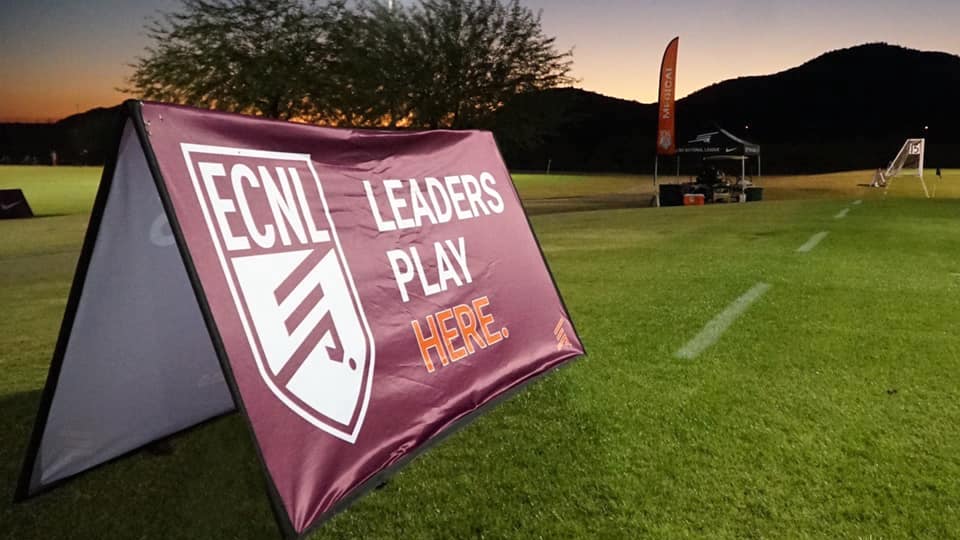
SoccerWire: “What do you see as the largest benefactors for players and clubs in having this First Team platform?”
Christian Lavers: “When we looked at the individual pathway that’s out there for players in youth soccer, we felt that the ECNL provides a wonderful experience for the top end of the youth soccer pyramid. First and foremost, we wanted to make sure we didn’t do anything that takes away from that or disrupts that, because it’s a really good experience. It’s a really good platform for competition and development.
But then you look at the very, very best youth soccer players – looking at 15 [years old] and up – you start to see a little more separation and performance. We felt that the 1%, if you will, needs some additive developmental opportunity and developmental programming. So, we put the Super Cup together to provide additional training and competition for the very top level of players. So those players have the opportunity to be in a ‘best vs. best’ environment for the young players to be pushed into trainings and competitions where they are playing against older players who are going to stretch them in different ways physically, mentally and technically.
But we also wanted to do it, again, in an additive way, so these players aren’t leaving their age-specific environments. This is supplemental to [the age-specific teams] so that they’re stretched in different ways and challenged in different ways but then also, will still be participating in those age-appropriate competitions, because those have real value as well. We feel like it provides a nice balance of additional developmental programming for top-level players continuing to support the fantastic environment that all the players in the ECNL get, and hopefully it will help clubs create a clearer individual pathway for kids as they go along the development and performance continuum.”
SW: “How will the scheduling work out to make sure that the ECNL continues the age-appropriate competitions, while also having this ‘best vs. best’ competition?”
CL: “There’s still a lot of details to fill out, so we don’t have specific answers on any of this, but we’re going to start. This is a very new platform and it’s a very new perspective in most youth soccer clubs, to look at this individual player pathway within the team, and within the club, so we’re going to start with additional trainings and some additional competitions.
It’s not going be a full 10-month calendar of Super Cup games. So, this is going to be a smaller number of games in year one, [and will include] additional training sessions, additional standards and requirements for the clubs that want to participate. The Super Cup is not mandatory for teams to participate in next year.
We’re going to evaluate what goes well, what unexpectedly goes really well, what challenges we foresee, what challenges we did not expect, and we’ll then iterate and improve it each year as we go, and as we see what’s actually happening in this process as these players are challenged in different ways and as this program is layered into what clubs already do on a day-to-day basis.
There will be some times, for sure, when a player has to step out of their age-appropriate competition because there’s only so many weekends and dates in the calendar, and we want to be mindful of how many games players are playing. We also want to set this up so that when we add these games in, we want to No. 1: do it in a way that’s not overloading these players, but we’re also doing it in a way where the travel makes sense, so that we’re not putting massive additional travel in any way for the kids in this program.”
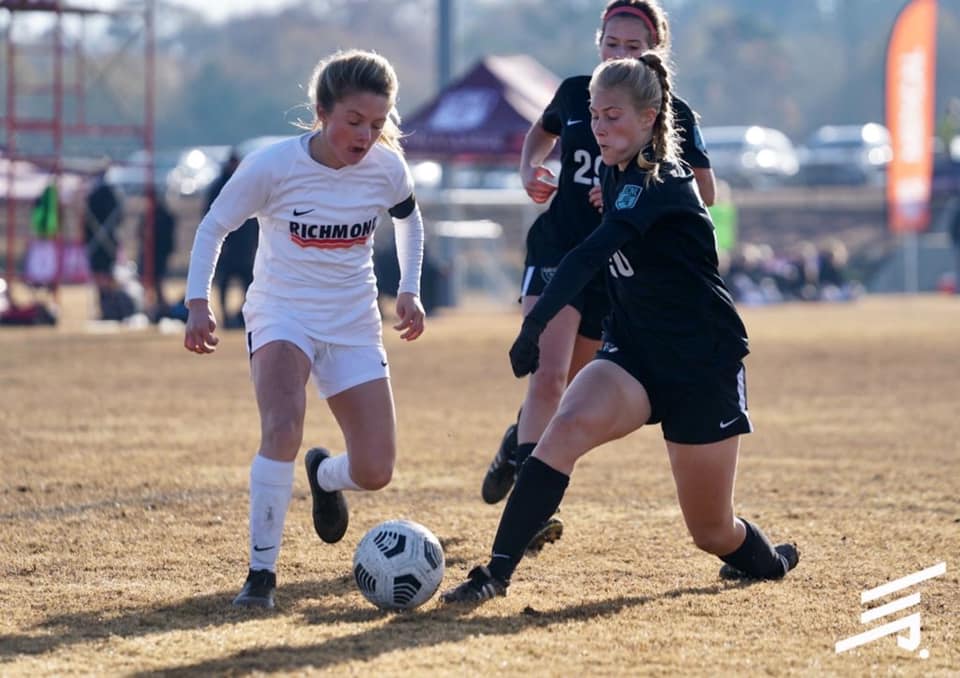
SW: “In your press release, it says that ‘Super Cup rosters will have a minimum number of required players in each age group in training and competition, from U15 to U18/19, to ensure development opportunities are provided to all ages.’
Do you have those details hammered out yet, or is that going to come later with all the details?”
CL: “Everything in the league, I think as you know, is done very collaboratively. We talk to the [Directors of the clubs], we get their perspective, we get their thoughts, so we know that it’s going to be very important that we have the top U-15’s participating in this platform, but you also know that every club is different in terms of what age groups [are particularly strong].
At some clubs, the U-15 team may be stronger than the U-16 team, some clubs might have a fantastic U-16 team and the U-18/19 team is a little lower level. So there’s going to be variability club-to-club with that. So, we’re going to talk to them about what we think is the right number of U-15’s that we should require to be a part of this. It’ll be a small number, and if clubs have a player pool in that age group that is exceptionally strong, they’ll add more to it, but we really want it to be a mix of age groups because that’s the uniqueness of this platform.
Of course, then clubs are going to have to evaluate how they manage the physical demands, especially for these younger players, and their workloads coming into this, and that again will be something that will be up to the clubs and we’ll provide some resources and some help in that regard. But, the clubs in our league are led by smart people that want to continue to raise the bar in their club and in our game, so we just want to give them more tools to do that.”
SW: “This program seems fairly unprecedented for a U.S. developmental program, did you take any inspiration from any foreign leagues, like how the European or South American system works?”
CL: “I think you’re right, we look at it as very unprecedented in youth soccer. We looked at the value of having a ‘First Team’ in a club to provide an aspirational level for all of these kids to get to.
No. 1, it increases competitiveness within the club for players to continue to get better and to reach that training environment, and to reach that competition environment. It also provides a game model example, [because] the ‘First Team’ should hopefully be pinnacle of the club’s style of play and the club’s developmental model.
That should hopefully be inspirational for younger teams to look at and for younger coaches to look at and say: ‘Okay, this is how we want to play soccer in this club and this is what players have to do at the top level of this club, then how do we develop them to do that.’
So we do think having the aspirational environment of having a First Team really does change some of the focus within a club that’s really positive. It’s layering in this clearer individual pathway into what is the existing age-specific team pathway, and both are important. So the ‘First Team’ concept is obviously something that every professional club has, and it is the aspiration of a European or South American kid to get into that environment. We think that target is important for players and we also think it will be a good learning environment for coaches within the club as well.”
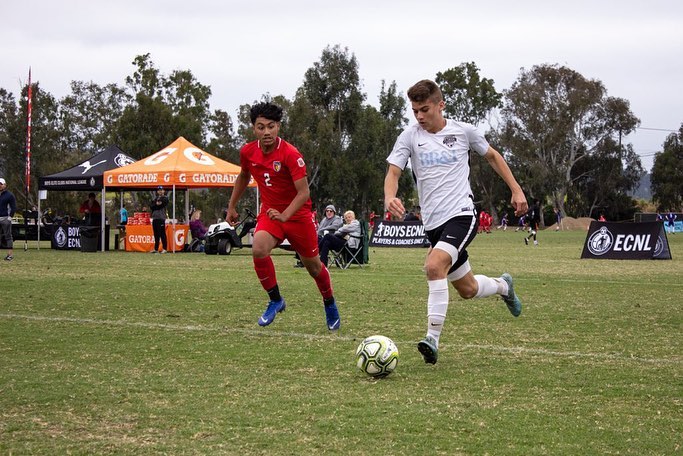
SW: “Do you know, roughly, about how many clubs you expect to participate right away, and, on the converse, how many clubs you think will decline to join the Super Cup at the beginning?”
CL: “Obviously we’ve had some conversations with clubs in our league, but I don’t even think [the Super Cup news] has been out for even a week yet. So, we have not spoken to everybody individually prior to this going out because the conversations we did have [prior] there was a lot of support and a lot of excitement for it.
So again, we recognize that within our league, there’s such a variety of clubs with different clubs, different philosophies, different geographic challenges and realities. So how this will unfold in each of these clubs and areas is going to be different, but I would expect the majority of clubs in the league to do this. Some may not for one reason or another, and that’s fine, because we’re an organization that’s based on collaborating and working together, and not mandating things that come as new programs.
Overall, I would expect a large majority of clubs to want to participate in this. Partially because it is, we think, a very good idea developmentally and most people would agree that the top 1% players could benefit from having some of this programming, but also because we’ve talked to enough players and coaches to know that this is something they’re excited about.”
SW: “With those 1% American players who want to pursue the game professionally, they seem to want to ‘get out’ and go to European clubs as soon as they are physically allowed, do you think that somehow when this gets big enough, the Super Cup can help keep some of those top-tier young players in America a bit longer?”
CL: “The choices and the pathways for any individual player is going to be very different obviously, for all the different circumstances that go into those player’s aspirations, their lives, their opportunities.
What we feel is that this is something that can help make an existing pathway better, can help a player and a club improve and reach their potential a little bit better.
Hopefully, whether that is something that allows them to stay within the club and just come out a better player when they leave the club, whether that’s something that allows them to go into a professional pathway, domestically or abroad, whenever they’re ready to do that, we think that’s a positive.
One of the things that we’ve talked about is that there is such a big jump when you move up a level into a professional environment, and to have kids that are 14 and 15 where their families are asked to move across the country, or they have to make huge decisions in their lives when there’s still so much uncertainty as to how they’re ultimately going to develop.
We think this is a way that we give the 14, 15 and 16 year-olds in these youth clubs an environment that will stretch them further, that will sort of help answer the question of ‘Are they going to continue on this path?’
If so, that’s great, and wherever that takes them, whether that’s the ‘First Team’ of a club, whether that takes them to a professional opportunity later because they’re seen and better prepared and they’re ready for it, or whether it’s something where you ultimately see players rise and drop in their development all the time – because it is a non-linear process – we think this is just going to help all the players wherever they end up.”
SW: “Do you think that some regions with a higher density of teams, such as the East Coast, will end up implementing this earlier than those who only have a few teams in the area?”
CL: “It’ll certainly be easier to do in areas where there’s high density, like the East Coast. But we’re going to look into everything we can to make it very practical and possible in every region.
But, yes, in areas where there’s very many clubs in such a close proximity I think this will be something that’s fairly easily added into their programming and into their competition schedule. So you may see some teams start faster than others, but ultimately we come back to the same question and that is: ‘As a coach or a director, do you believe that the very best players need additional training and development opportunities?’
If the answer is yes, then this is a program that we need to put in place in our clubs, and as a league we need to facilitate that. And just about every director and coach you ask in the country would say, ‘yes, these players need—and most of them want—more, so let’s provide it to them and find out how we do that in a way that makes sense with all the other factors.’”
SW: “So will this end up culminating in a nationwide Super Cup tournament to find that best Super Cup team in the nation?”
CL: “We’re not planning on that right now. So next year, these games will be in conferences or divisions, however it gets laid out, and we’ll certainly recognize the winners of [those competitions], but we’re not going to overemphasize the competitive environment right away.
It’s designed to be a competitive environment very specifically, and when you have U-15s, U-16s, U-17s and U-19s all coming together, it’s going to be unique. Obviously, all these players will have their age-appropriate competitions where they’re still competing for national championships and for the ECNL Playoffs. So at least in year one, we’re going to keep this very much as an additional program, where there’s no postseason and no emphasis on winning a championship.
SW: “Is there anything else you think our readers should be aware of?”
CL: “One thing I would add is that in the release we stated that we expect some clubs to offer this over 10 months, but that’s not going to be a mandate from the league. So we expect some clubs to use this as a 10-month pathway for these players, [and] some clubs will not. That’s not something that we’re mandating—we’re again, as we always are, leaving these environments and choices up to the clubs.”

